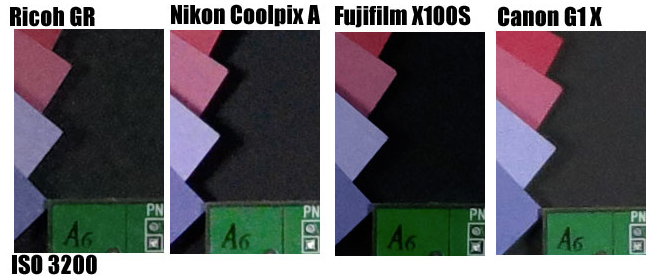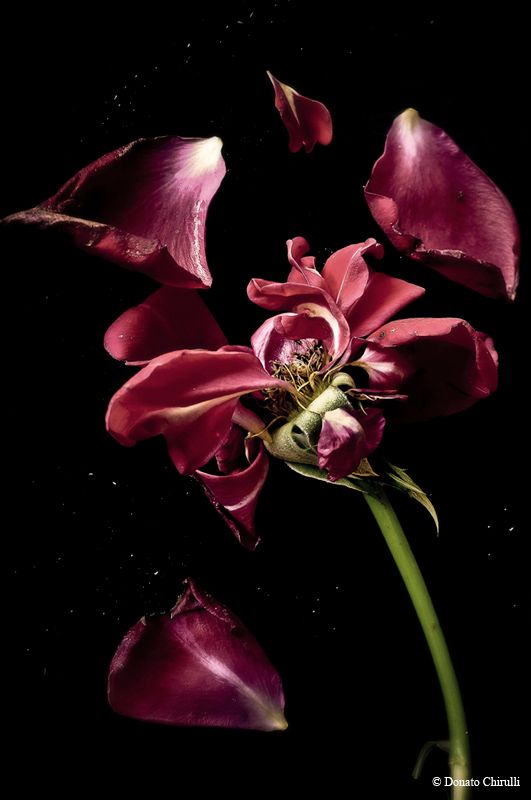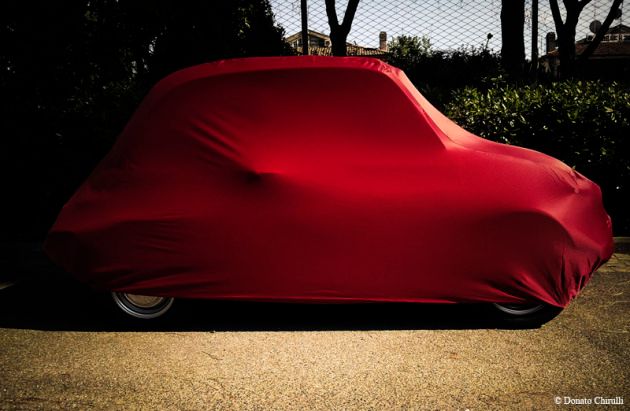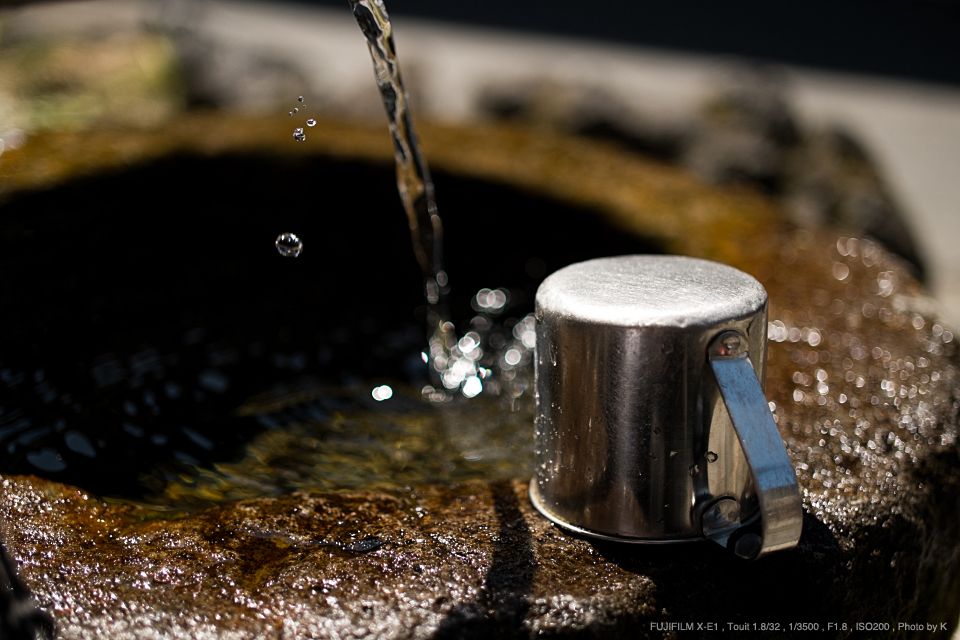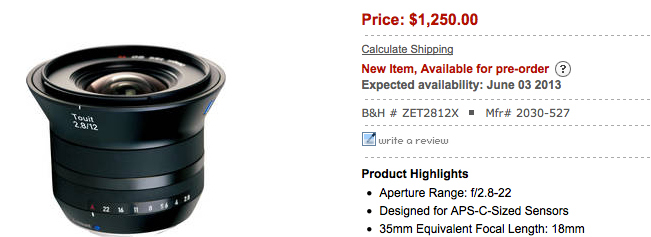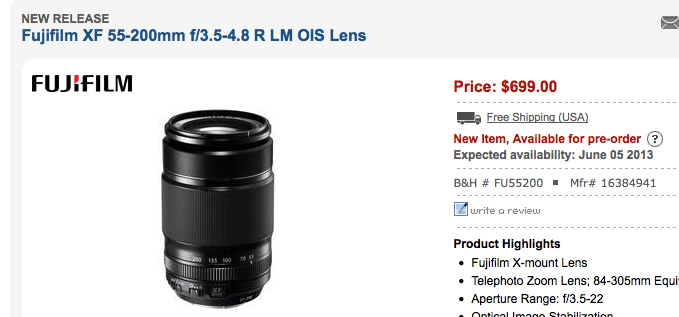High ISO comparison: Ricoh GR vs Nikon A vs X100S vs Canon G1X
image courtesy: thenewcamera (via focus-numerique)
Which is the best camera for low light photography between the Ricoh GR, [shoplink 12203]Nikon A[/shoplink], [shoplink 11808 ebay]X100S[/shoplink] and [shoplink 11024]Canon G1 X[/shoplink]? According to thenewcamera you should go for the X100S to get the best results at high ISO. But click here and check this comparison out by yourself. (look for the full size high-ISO samples of these cameras at focus-numerique)


